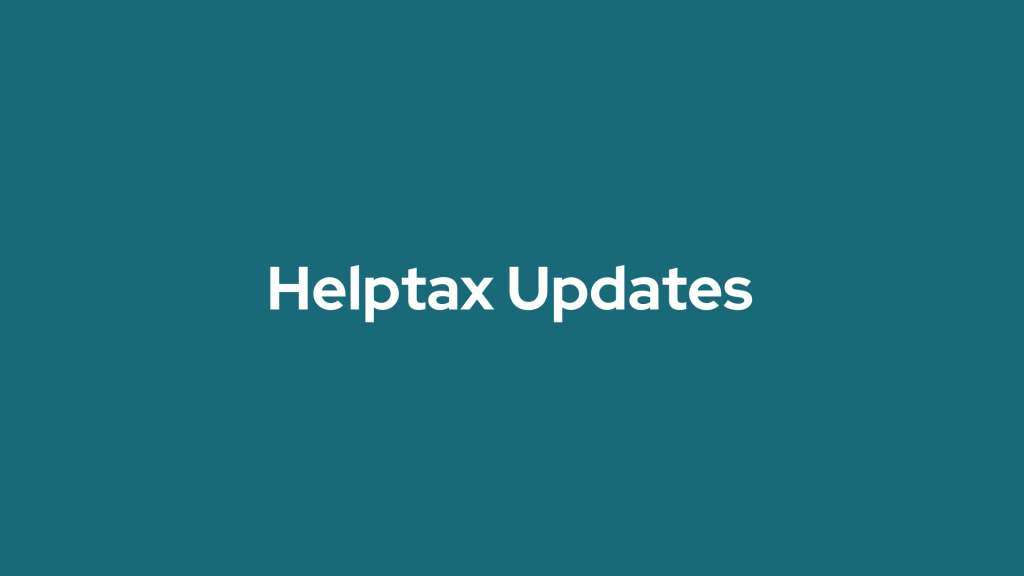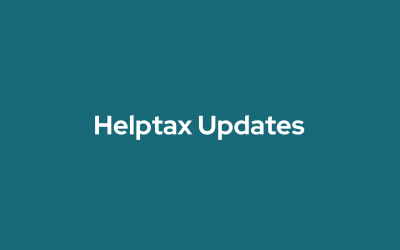Everything You need to know about Filing ITR FY 23-24
As taxpayers in India gear up for another tax season, it’s good to have the necessary knowledge to navigate the complexities of filing income tax returns for the financial year 2023-2024.
Whether you’re a salaried individual, a business owner, or a freelancer, understanding the process is crucial for compliance and optimizing tax liabilities. Here’s a comprehensive guide covering everything you need to know!
Know Your Tax Slabs
Familiarize yourself with the applicable income tax slabs and rates for FY 2023-2024. Individual taxpayers are subject to different tax rates based on their income levels for income tax returns for the financial year 2023-2024..
Income Tax Slabs in FY 2023-24 (AY 2024-25) for HUF and Individuals
As per the Budget 2023 announcement, new income tax slab rates FY 23-2024 for every individual is as below:
| Annual Taxable Income | New Tax Regime | Old Tax Regime |
| Up to Rs.2.5 lakh | Exempt | Exempt |
| Over Rs.2.5 lakh to Rs.3 lakh | Exempt | 5% |
| Over Rs.3 lakh to Rs. 6 lakh | 5% | 5% |
| Over Rs.5 lakh to Rs. 6 lakh | 5% | 20% |
| Over Rs.6 lakh to Rs. 9 lakh | 10% | 20% |
| Over Rs.9 lakh to Rs.10 lakh | 15% | 20% |
| Over Rs.10 lakh to Rs.12 lakh | 15% | 30% |
| Over Rs.12 lakh to Rs.15 lakh | 20% | 30% |
| Above Rs.15 lakh | 30% | 30% |
Note: A health and education cess of 4% is applicable on the total income tax payable, including surcharge (if applicable).
Additionally, individuals with taxable income above ₹50 lakh are subject to a surcharge as follows:
| Income above ₹50 lakh and up to ₹1 crore: 10% of income tax |
| Income above ₹1 crore and up to ₹2 crore: 15% of income tax |
| Income above ₹2 crore and up to ₹5 crore: 25% of income tax |
| Income above ₹5 crore: 37% of income tax |
Gather Essential Documents
Collect all relevant documents, including Form 16 (for salaried individuals), Form 16A (for income from other sources), bank statements, investment proofs, rent receipts, Form 26AS and any other documents related to your income and expenses.
Choose the Correct ITR Form
Select the appropriate Income Tax Return (ITR) form based on your sources of income and residential status. Options include ITR-1 (Sahaj) for individuals with income from salary, one house property, and other sources, and various other forms for different categories of taxpayers.
ITR-1 (Sahaj)
- Applicable for individuals being a resident (other than not ordinarily resident) having total income up to ₹50 lakh.
- Sources of income include salary/pension, one house property, income from other sources (excluding winnings from lottery and income from race horses), and agricultural income up to ₹5,000.
- Not applicable if the individual has income from more than one house property or if total income exceeds ₹50 lakh.
ITR-2
- Applicable for individuals and Hindu Undivided Families (HUFs) not having income from profits and gains of business or profession.
- Sources of income include salary/pension, income from house property, income from capital gains, income from other sources, and foreign assets/income.
- Also applicable for individuals having income from business or profession as a partner in a partnership firm.
ITR-3
- Applicable for individuals and HUFs having income from profits and gains of business or profession.
- Applicable for individuals and HUFs who are partners in a partnership firm but not carrying out business or profession under any proprietorship.
ITR-4 (Sugam)
- Applicable for individuals, Hindu Undivided Families (HUFs), and firms (other than LLP) having income from a proprietary business or profession.
- Presumptive taxation scheme under Sections 44AD, 44ADA, or 44AE can be opted for reporting business income
ITR-5
- Applicable for persons other than individuals, HUFs, companies, and persons filing Form ITR-7.
- Includes firms, LLPs, AOPs (Association of Persons), BOIs (Body of Individuals), artificial juridical persons, and other entities.
ITR-6
- Applicable for companies other than companies claiming exemption under Section 11 (Income from property held for charitable or religious purposes).
ITR-7
- Applicable for persons including companies required to furnish return under Sections 139(4A) or 139(4B) or 139(4C) or 139(4D) or 139(4E) or 139(4F).
Taxpayers are required to select the appropriate ITR form based on their income sources, residential status, and other relevant factors. Filing the correct ITR form ensures compliance with the provisions of the Income Tax Act and facilitates efficient processing of tax returns by the tax authorities.
Compute Your Taxable Income
Calculate your taxable income by deducting eligible deductions under Sections 80C to 80U from your total income. These deductions include investments in Provident Fund, life insurance premiums, tuition fees, and medical insurance premiums, among others. For complete details on deductions available under the IT Act
Claim Deductions and Exemptions
Maximize your tax savings by claiming all eligible deductions and exemptions available under the Income Tax Act, such as
HRA (House Rent Allowance), LTA (Leave Travel Allowance), and deductions for home loan interest and principal repayment.
Check for Tax Rebates and Relief
Determine if you’re eligible for any tax rebates or relief under Section 87A, which provides a rebate to individual taxpayers with income below a specified threshold.
Stay Updated on Tax Laws
Stay abreast of any changes in tax laws, amendments, or notifications issued by the Income Tax Department that may impact your tax liability or eligibility for deductions and exemptions.
File Your Return Timely
Ensure timely filing of your income tax return by the due date specified by the Income Tax Department, typically July 31st of the assessment year. Filing after the due date may attract penalties and interest.
- Penalty for Late Filing: If a taxpayer fails to file the ITR within the due date specified by the Income Tax Department, a penalty may be levied. The penalty amount varies depending on factors such as the taxpayer’s income and the delay in filing.
- Interest on Tax Due: If there is tax payable by the taxpayer and it remains unpaid beyond the due date of filing the return, interest under Section 234A of the Income Tax Act is applicable. The interest is charged at a specified rate on the outstanding tax amount for each day of delay.
- Loss of Deductions and Exemptions: Non-filing of ITR may result in the loss of deductions and exemptions that could have reduced the taxpayer’s tax liability. Certain deductions and exemptions are available only if the taxpayer files the return within the due date.
- Disallowance of Carry Forward Losses: Taxpayers who incur losses in a particular financial year may be eligible to carry forward these losses to set them off against future income. However, if the taxpayer fails to file the ITR within the due date, the option to carry forward losses may be forfeited.
- Initiation of Legal Proceedings: Non-filing of ITR may prompt the Income Tax Department to initiate legal proceedings against the taxpayer. This could involve the issuance of notices, summonses, or even prosecution under the provisions of the Income Tax Act for willful evasion of taxes.
- Difficulty in Financial Transactions: Non-filing of ITR can lead to difficulties in various financial transactions, such as obtaining loans, credit cards, or visas, as ITRs are often required as proof of income by financial institutions and immigration authorities.
- Compulsory Filing of Belated Return: If a taxpayer fails to file the ITR within the due date, they can still file a belated return within a specified time frame. However, filing a belated return may entail additional penalties and interest, and the taxpayer may lose certain benefits available for timely filers.
- Risk of Scrutiny and Assessment: Non-filing of ITR increases the likelihood of the taxpayer’s profile being selected for scrutiny or assessment by the Income Tax Department. This can result in detailed inquiries, audits, and assessments, potentially leading to additional tax liabilities, penalties, and interest.
File Electronically and Verify
Consider filing your tax return electronically through the Income Tax Department’s e-filing portal for a convenient and efficient process. After filing, verify your return using Aadhaar OTP, net banking, or digital signature to complete the filing process.
Keep Records Securely
Maintain a record of all tax-related documents, including filed tax returns, supporting documents, and correspondence with the Income Tax Department, for future reference and audit purposes.
In summary, filing your income tax return for FY 2023-2024 in India requires thorough understanding of tax laws, diligent record-keeping, and adherence to filing deadlines. By following this comprehensive guide and seeking professional assistance, when necessary, taxpayers can ensure compliance with tax regulations while optimising their tax outcomes.


